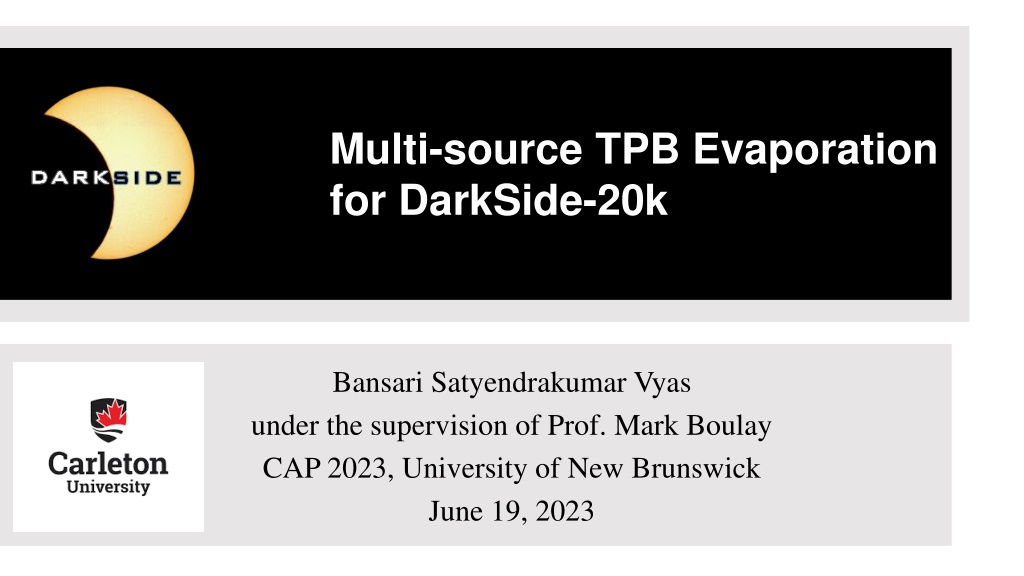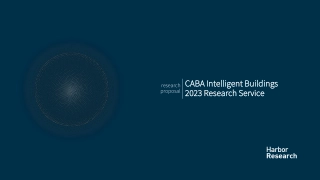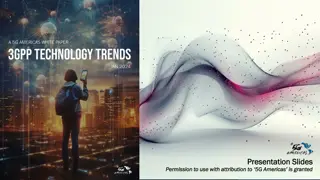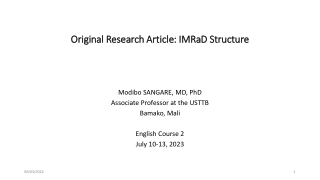Advanced Technology in Dark Matter Research
Cutting-edge technologies such as multi-source TPB evaporation, LAr TPC, and DarkSide-20k TPC are being utilized in the study of dark matter. These technologies aim to enhance detection sensitivity and uniformity in film coatings, crucial for advancing our understanding of mysterious dark matter particles like WIMPs.
Download Presentation
Please find below an Image/Link to download the presentation.
The content on the website is provided AS IS for your information and personal use only. It may not be sold, licensed, or shared on other websites without obtaining consent from the author. Download presentation by click this link. If you encounter any issues during the download, it is possible that the publisher has removed the file from their server.
Presentation Transcript
Multi-source TPB Evaporation for DarkSide-20k Bansari Satyendrakumar Vyas under the supervision of Prof. Mark Boulay CAP 2023, University of New Brunswick June 19, 2023
Dark Matter & WIMPs Dark Matter & WIMPs The existence of a mysterious, non- luminous type of matter known as dark matter (DM), is well established. Weakly-Interacting Massive Particles (WIMPs) popular DM candidate. 2
LAr LAr TPC & DarkSide TPC & DarkSide- -20k 20k Custom cryogenic Silicon Photomultipliers (SiPMs) Sealed acrylic two-phase TPC filled with UAr. Cryostat filled with AAr. Expected to attain a WIMP- nucleon cross- section exclusion sensitivity of 7.4*10-48 cm2 for a WIMP mass of 1TeV/c2. Neutron shield loaded with Gd. 3
DarkSide DarkSide- -20k TPC Coatings 20k TPC Coatings Inner surface of anode, cathode will be coated with Clevios (transparent conductive polymer) and TPB (wavelength shifter). TPB shifts the argon scintillation light from UV to visible range. Field shaping rings on the TPC barrel will be coated with Clevios only. Reflector panels are coated with TPB. Carleton group working on coatings 4
TPB Evaporation TPB Evaporation - - Theory Theory Geometry of the TPB evaporation system Follows Knudsen s cosine law. Carried out at low gas pressure. Vapor intensity is low. Every vapor molecule condenses. 5
Thickness Distribution Thickness Distribution Multiple Sources Multiple Sources Multiple point sources improve the deposition rate and uniformity of the thin film. The sources are equally spaced around a circular configuration. The aim is to create a uniform distribution of material deposition on the substrate. For multiple point sources, the thickness at r would be given as: 6
Film Thickness Uniformity Film Thickness Uniformity The non-uniformity(%) of the thin film thickness can be characterized by: ??? ??? ??? + ??? ??? % (???) where Max and Min are the maximum and minimum values of the film thickness respectively. Our goal is to achieve TPB coatings with non-uniformity under 10%. Some of the parameters that affect the film uniformity are: i. Number of sources (n) ii. Source-Substrate Distance (d) iii. Source Plane Radius (R) iv. Rate of Evaporation (m) 7
Effect of Source Effect of Source- -to to- -Substrate Distance & Number of Sources on Uniformity & Number of Sources on Uniformity Substrate Distance Variation of thickness uniformity as a function of source- substrate distance for various number of sources. 8
Effect of Source Plane Radius Effect of Source Plane Radius & Number of Sources on Uniformity & Number of Sources on Uniformity Variation of thickness uniformity as a function of source plane radii for various number of sources 9
Thickness Distribution Thickness Distribution Thickness [microns] Number of sources n Non-Uniformity 1 66.69% 2 55.54% 3 54.02% 4 20.32% 5 19.83% 6 10.45% 7 9.58% 10
DS DS- -20k Evaporator & Coating Pieces 20k Evaporator & Coating Pieces Dimension for Cathode Dimension for Anode 11
DS DS- -20k Evaporator 20k Evaporator Initial Dimensions Initial Dimensions For Anode: Non-Uniformity = 22.06% For Cathode: Non-Uniformity = 19.2% (For 7 point sources) Evaporator Drawing by Ryan Crampton 12
Coating Parameter Optimization Coating Parameter Optimization For Anode: Diameter of Anode film = 3.86 m Minimum Non-Uniformity = 9.39% Source to Substrate distance = 1.5 m Minimum m0 = 0.15 Minimum R = 1.95 m For Cathode: Diameter of Cathode film = 3.66 m Minimum Non-Uniformity = 7.20% Source to Substrate distance = 1.5 m Minimum m0 = 0.15 Minimum R = 1.95 m 13
Non Non- -Uniformity Uniformity Thickness Distribution in Anode and Cathode from 7-point sources For Anode: Diameter of Anode film = 3.86 m Thickness [microns] Non-Uniformity = (9.58+/-1.26)% Thickness = (2.95+/-0.058) microns For Cathode: Diameter of Cathode film = 3.66 m Non-Uniformity = (7.43+/-1.24)% Thickness = (2.95+/-0.058) microns 14
DS DS- -20k Evaporator 20k Evaporator Final Dimensions Final Dimensions Evaporator Drawing by Ryan Crampton 15
Prototype Evaporator at Prototype Evaporator at CarletonU CarletonU Pictures by Jeffery Mason 16
Prototype Deposition at Prototype Deposition at CarletonU CarletonU Result Coating completed successfully by Jeffery Mason. Clevios and TPB coatings were deposited as expected Some non-uniformity near edges will be corrected with improved masking and positioning 17
Vacuum Requirements Vacuum Requirements The dependency of the mean free path of gas on pressure is given as: ?? 2 ??2? ? (iv) = where, = mean free path in meters. R = 8.314 m3 PaK-1mol-1 T = 473.15 K d = diameter of TPB molecule = 1220 pm Na = 6.022*1023 mol-1 P = pressure 18
Mean Free Path Vs Pressure Mean Free Path Vs Pressure For DarkSide s cylindrical evaporator, the radius is 4.36 m and the height is 1.5 m, and the sources are placed on a circular plane of radius 1.95 m. For the numbers given above, the mean free path of TPB in this geometry should be around 8.78 m. Therefore, the pressure needed to achieve a mean free path of 8.78 m is 1.13*10-6 mbar. 19
Conclusion & Future Work Conclusion & Future Work A multi-source thermal evaporation system model was developed to improve the thickness uniformity and deposition rate. The influence of circle radius, source-substrate distance, and evaporation rate on the thickness uniformity was considered. Additionally, the pressure required to maintain the vacuum during deposition is also calculated. Next Steps: Design the vacuum system. Test the calculations with real measurements. Monte Carlo simulations of the optics of the interface to understand the detector response. 20

















































